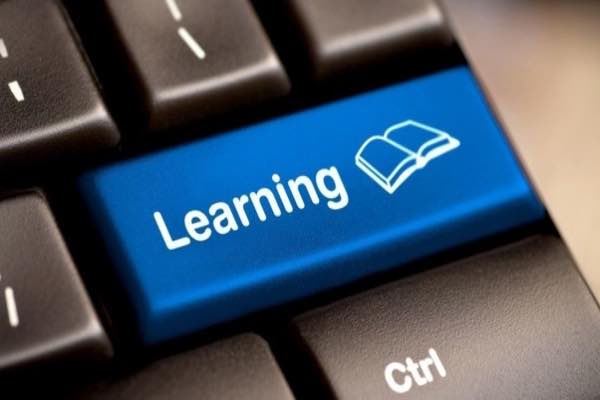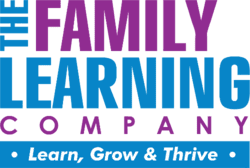Vocabulary Development and Reading Skills

There is a crucial link between vocabulary knowledge and reading comprehension for academic success. Baumann, Kame‘enui, & Ash stress the significance of vocabulary for comprehension. Marzano's research highlights direct vocabulary instruction's impact on test performance. Horst, Cobb & Meara stress 8-12 exposures for retention of new words. Despite limitations in teaching words, Interactive Family Literacy software addresses this gap by offering various activities, aligning with Marzano's six steps for vocabulary development. It encompasses high-frequency words and provides multi-level activities, aiding learners in mastering an academic vocabulary crucial for proficient reading and writing skills in children and adults.
According to Baumann, Kame‘enui, & Ash, learners' vocabulary knowledge correlates strongly to their reading comprehension and overall academic success. [Baumann, J., Kame’enui, E., & Ash, G. (2003). Research on vocabulary instruction: Voltaire redux. J. Flood, D. Lapp, J. Squire, & J. Jensen (Eds.), Handbook of research on teaching the English language arts (2nd ed., pp. 752-785). Mahwah, NJ: Erlbaum.] Robert Marzano’s research has shown that direct vocabulary instruction on words related to content that will be on a test increases performance on that test from the 50th percentile to the 83rd. [ Marzano, Robert J. (2004). Building background knowledge for academic achievement: Research on what works in schools. Alexandria, VA: Association for Supervision and Curriculum Development.] However, Horst, Cobb & Meara found that a minimum of 8-12 exposures must occur for retention with normal learners of any new concept or word. [Horst, M., Cobb, T., & Meara, P. (1998). Beyond A Clockwork Orange: Acquiring second language vocabulary through reading. Reading in a Foreign Language, 11, 207–223.] Although teaching can make a real difference in vocabulary learning, the explicit teaching of vocabulary is not enough: a dedicated teacher can only teach perhaps 300-400 words per year. [Beck, I. L., & McKeown, M. G. (2007). Different ways for different goals, but keep your eye on the higher verbal goals. In R. K. Wagner, A. E. Muse, & K. R. Tannenbaum (Eds.), Vocabulary acquisition: Implications for reading comprehension (pp. 182–204). New York: Guilford.] The solution to providing enough exposures to new words to master a complete academic vocabulary is comprehensive, well-designed software.
Comprehensive Content
The vocabulary content for Interactive Family Literacy software for Grades K-2 is based on high frequency words for those grade levels. The vocabulary list includes all of the words in three standard lists of high frequency words: Dolch, Fry 1,000 and EDL. Grade 3 and above words are drawn from a number of standard spelling and vocabulary approaches, plus any books included in the program.
Pedagogy
The Vocabulary words in Interactive Family Literacy are organized into wordlists, containing from six words (for Kindergarten learners) to twenty words (for third grade learners). Since high frequency words do not follow any content-related pattern, we organize them randomly and do the same with Grade 3 words for the sake of consistency.
For each wordlist, learners are provided with 5-12 different educational activities starting with simple flash cards and image matching at the Kindergarten level, and increasing in sophistication and difficulty as the levels rise. Each activity provides learners with different practice with the words in the lists. The last activity is named “Show Words You Have Learned.” This activity functions as an assessment.
Interactive Family Literacy delivers all of Robert Marzano’s six steps for vocabulary development. [Op. Cit. Marzano (2004)]
- On the computer learners see and hear words in context and with definitions,
- Learners define words and give examples of their use on computer-generated worksheets,
- Learners draw a picture of words when that is possible,
- Learners extend their knowledge of the word through various activities,
- Learners are constantly encouraged to discuss word meaning during the activities, and
- Learners play multiple games using the words they are learning for additional exposures.
Interactive Family Literacy helps children and adults learn a complete academic vocabulary to support proficient reading and writing.
Click here to see how family learning plays a central part of Interactive Family Literacy
Here you can read about additional research on vocabulary development and reading comprehension.
